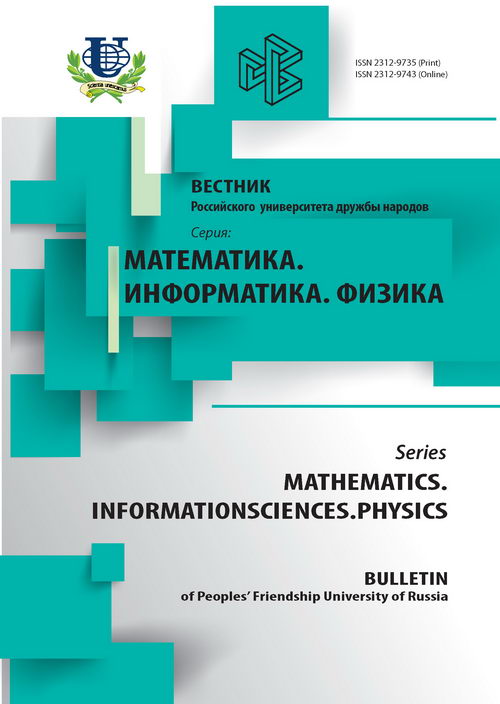Simulation of Wave Propagation with openEMS
- Authors: Sharapova AA1, Kulyabov DS1
-
Affiliations:
- Peoples’ Friendship University of Russia
- Issue: No 1 (2016)
- Pages: 32-40
- Section: Articles
- URL: https://journals.rudn.ru/miph/article/view/8614
- ID: 8614
Cite item
Full Text
Abstract
Unfortunately, all the existing methods used for modeling computational electrodynamics have their weaknesses. The authors’ goal is to analyze the most popular methods. We use spherical Luneburg lens as an illustration. In this paper authors review the Finite-difference time-domain (FDTD for short), electromagnetic field solver openEMS and its applicability for simulation of wave propagation through medium with the spherical Luneburg lens as an example. Thanks to it’s simplicity and broad capabilities, the FDTD method is widely used in various fields. There are quite a lot of simulation tools that implement FDTD, both open-source and proprietary. OpenEMS is an extension for MATLAB and Octave for solving electromagnetic field using the EC-FDTD method. It supports Cartesian and cylindrical coordinates. OpenEMS is free and open-source. It also supports multi-threading, SIMD (SSE) and MPI. In this paper we simulate wave propagation through spherical Luneburg lens via openEMS thus showing the capabilities of the tool, such as a method to simulate GRIN-optics. We also show how to install and configure it, and how to visualize and analyze the results using ParaView, the application for scientific visualization. Source code of the simulation is presented with appropriate commentaries. In this paper we also briefly reviewthe classic FDTD method and Yee algorithm. We examined the capabilities of openEMS and FDTD method to simulate wave propagation in a medium.
About the authors
A A Sharapova
Peoples’ Friendship University of Russia
Email: asharapovarudn@gmail.com
Department of Applied Probability and Informatics
D S Kulyabov
Peoples’ Friendship University of Russia
Email: dharma@mx.pfu.edu.ru
Department of Applied Probability and Informatics
References
Supplementary files















